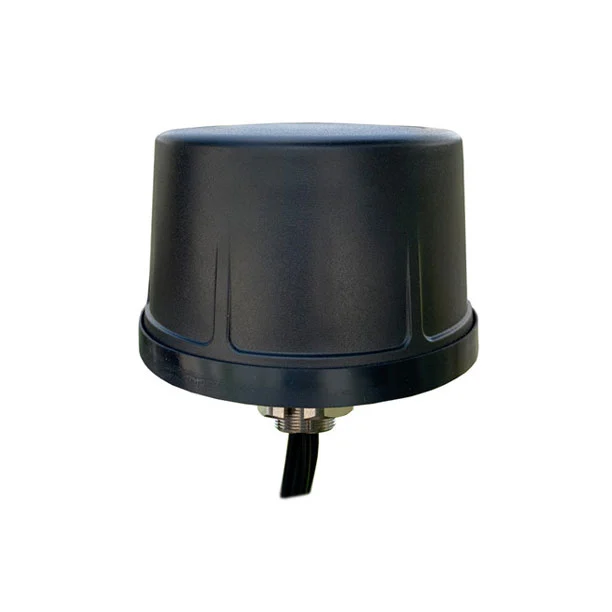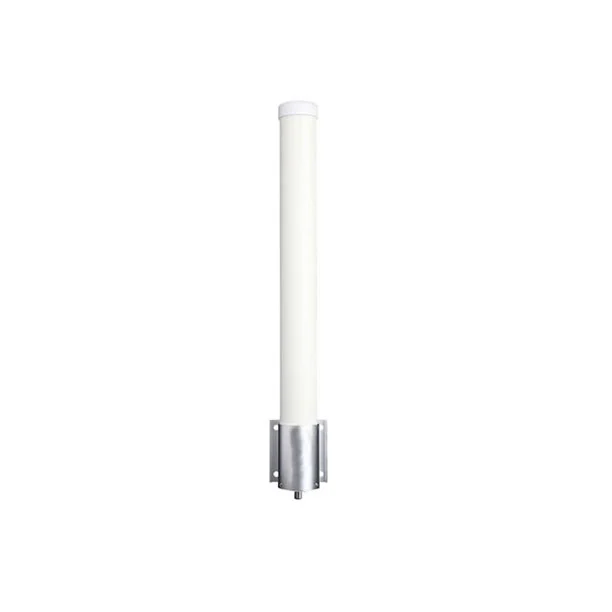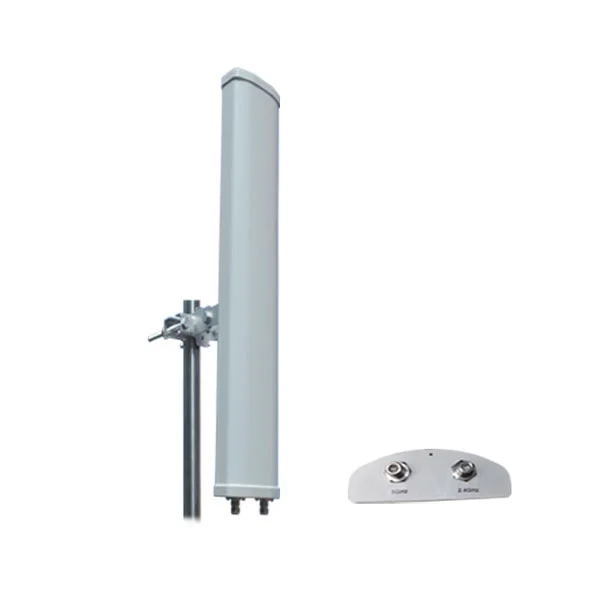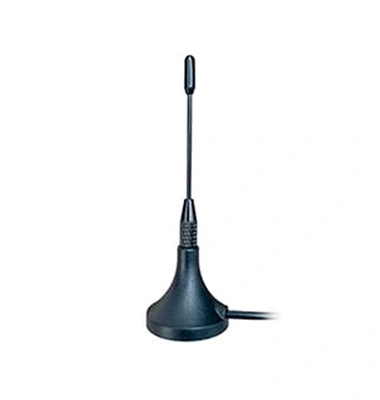Radiofrequency (RF) antennas are the unsung heroes of the wireless world, silently transmitting and receiving the electromagnetic waves that carry our data, voice, and entertainment. Choosing the right antenna for your application can be daunting, with a dizzying array of types and characteristics to consider. This comprehensive guide will equip you with the knowledge to navigate the RF antenna landscape and select the perfect one for your needs.
Understanding Antenna Fundamentals:
Before diving into specific types, let's establish a common ground. Here are some key antenna concepts:
Frequency: Measured in Hertz (Hz), it defines the specific radio waves the antenna interacts with. Different applications operate at different frequencies, for example, Wi-Fi at 2.4 GHz and 5 GHz, Bluetooth at 2.4 GHz, and cellular networks at various bands.
Polarization: Refers to the orientation of the electric field in the transmitted or received electromagnetic wave. Common polarizations are linear (horizontal or vertical) and circular.
Gain: Indicates the antenna's ability to amplify the signal in a particular direction, measured in decibels (dB). Higher gain antennas focus the signal in a narrower beam, boosting range but limiting coverage.
Impedance: Measured in ohms, it represents the electrical resistance of the antenna. Matching the antenna's impedance to the connected device (usually 50 ohms) ensures efficient signal transfer.
Exploring the Antenna Zoo:
Now, let's meet the diverse residents of the antenna world, different RF antenna types:
Dipole Antenna: The simplest type, consisting of two straight metal conductors radiating in opposite directions. Dipoles are omnidirectional, meaning they radiate and receive signals equally in all directions. They are commonly used for Wi-Fi routers and Bluetooth devices.
Monopole Antenna: Similar to a dipole but with only one conductor, often mounted over a ground plane. Monopoles are half the length of dipoles for the same frequency and are often used in mobile devices and RFID tags.
Yagi Antenna: A directional antenna made of multiple elements arranged in a collinear fashion. Yagis offer higher gain and better signal focus than dipoles, making them ideal for long-range applications like point-to-point wireless links.
Patch Antenna: A flat, low-profile antenna often printed on circuit boards. Patch antennas are compact and aesthetically pleasing, making them popular in smartphones, laptops, and other portable devices.
Parabolic Dish Antenna: A highly directional antenna shaped like a satellite dish. Dish antennas concentrate the signal in a tight beam, achieving exceptional range and signal strength, ideal for satellite communication and long-distance Wi-Fi links.
Selecting the Right Antenna:
Choosing the perfect antenna depends on several factors:
Frequency: Match the antenna's frequency band to your application.
Gain and Coverage: Consider the desired range and signal strength. Higher gain antennas provide longer range but have narrower coverage.
Polarization: Ensure the antenna's polarization matches the device and application.
Impedance Matching: Choose an antenna with the correct impedance for optimal signal transfer.
Size and Form Factor: Select an antenna that fits the available space and aesthetic considerations.
Additional Resources:
The ARRL Antenna Book for Radio Communications: A comprehensive reference book covering various antenna types, design, and applications.
Antenna Theory by C.A. Balanis: A technical guide delving into the theoretical foundations of antenna design and performance.
Online Antenna Design Tools: Several online tools, like AntennaWeb and EZAntenna, help you choose the right antenna for your specific location and application.
Remember, the vast world of RF antennas offers a solution for every need. By understanding the key concepts and exploring the different types, you can confidently choose the antenna that unlocks the full potential of your wireless applications.

 English
English





